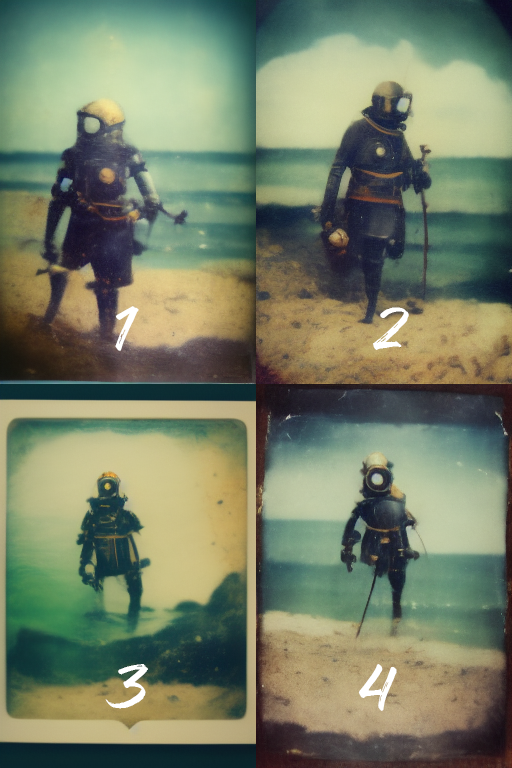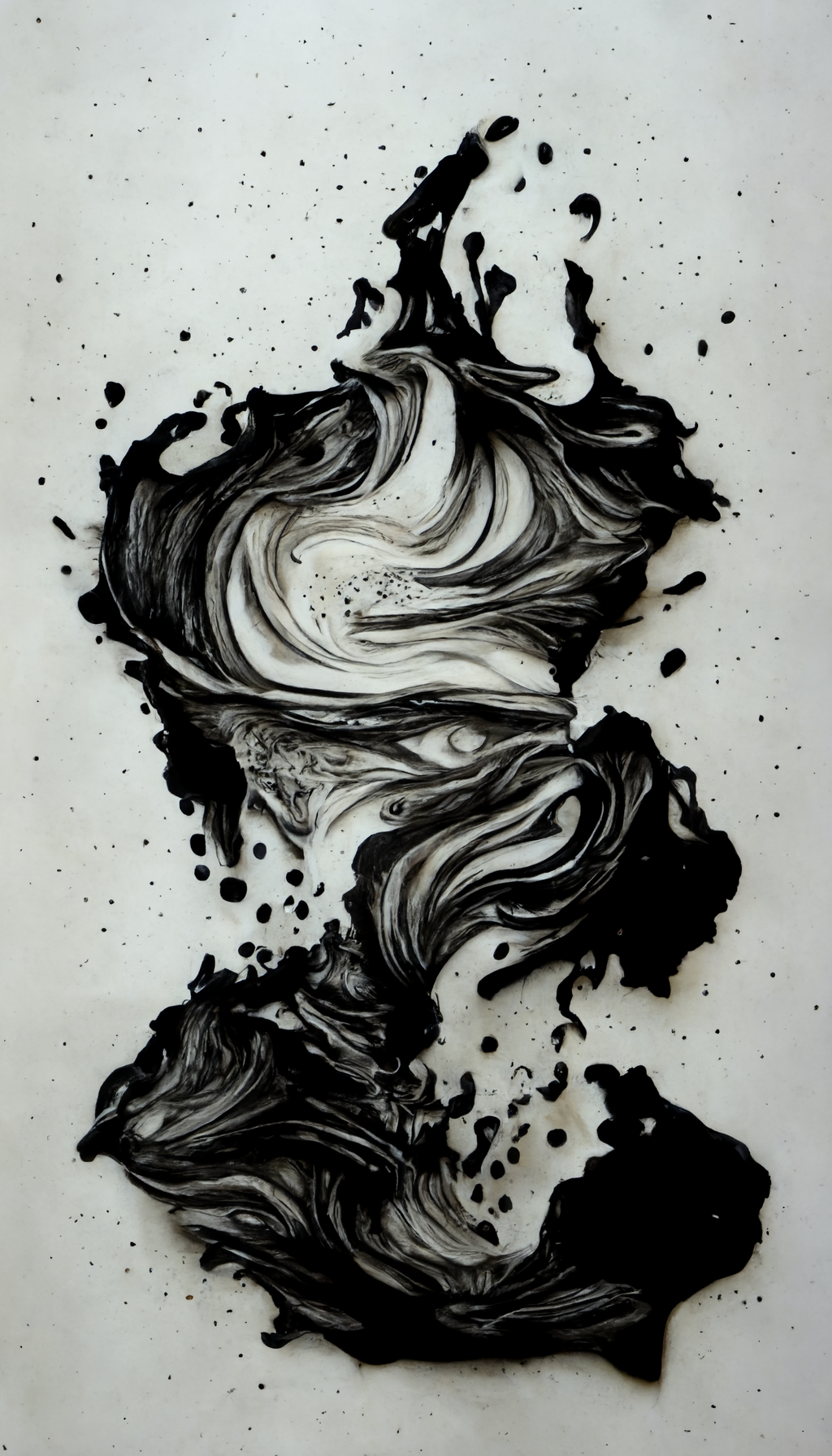How to use Midjourney
Last week I was in a scooter crash. I guess after 6 months of blissfully cruising around Thailand on a honda click, it was statistically about time somebody crashed into us. My boyfriend and I came out largely unscathed, save for a few bruises and a wound needing stitches. Stitches and scuba diving don’t go together, so this week I had to kiss all my ocean related plans goodbye.
This means I had time to spare. When I haven’t been working, I have been screen-deep meddling in computer generated art. I’ve been using the Midjourney AI, which is an AI tool that generates images from text.
When I first encountered AI-art I was sceptical. As an artist it felt like cheating. What about those 10 000 hours to perfect a skill? I felt somehow threatened by the idea that something non-sentient would be coming for MY job. Machines are replacing human labour left, right and center, but surely they couldn't be... creative?
However, AI is here to stay - and we better learn how to use it to our advantage. And after giving it a go I can honestly say - I’m hooked. You’ll see why soon.
GETTING STARTED WITH MIDJOURNEY
This is how you get started using the Midjourney AI.
Go to their website, and click “Sign up for the beta”. This will give you a Discord server invite link.
Don’t have discord? It’s easy and free to sign up - you can do so here.
Great! Now we’re in the Midjourney server. Let’s head over to the “newbies channel”. You can use any of the newbies channels there, it doesn’t matter which number it has.
As a new user you have 25 credits to use. Creating a prompt will cost you one credit, as will generating variations or upscaling your image. More on this later.
Once you have used up your 25 credits ( I guarantee you, you will) You can opt to pay for a monthly subscription (or sign in with a different discord for another 25). The subscription fee is 10$/month for 200 credits, and 30$/month for unlimited.
Now for the fun part! We can type in our prompt command. The instructions are all in the server as well.
Type /imagine (your prompt here)
It looks like this /image polaroid of a medieval scuba diver at the beach
4 images will pup up. These are 4 variations (V) of your prompt. They are numbered like this.
polaroid of a medieval scuba diver at the beach --ar 2:3
It will look something like this in discord. The “U” buttons upscale your image, so you can save them to your computer. The “V” buttons will give you more variations based on whichever you choose.
Here I have upscaled my 3rd diver. He’s kinda cute.
You can access all your generated images via the mid journey website if you log in using you discord. Here’s a link to my gallery.
TIPS FOR MIDJOURNEY PROMPTS
This is going to be all about creating good prompts. This is where you rack your noggin and get those juices flowing.
Vague prompts will give more variation, but less control.
Detailed prompts produce more fleshed out and interesting images. Or they might confuse the AI.
The prompts are not just used to describe the subject of the image, but also the medium, camera angles, game engine, aspect ratio and more.
A really cool feature about Midjourney is that you can direct the style of the image. Typing in “In the style of Monet” will influence the image. You can also combine artists, like so “made by Gustav Klimt and Studio Ghibli”.
Aspect Ratios
A useful parameter is the --ar.
The default aspect ratio of Midjourney is 1:1. To change the aspect ratio, type them out like this:
--ar 4:5 or --ar 16:9
You can use 2:3 and 9:16 to create more mobile-friendly compositions.
There are a lot more parameteres and various “commands” you can use to further control how your image will be generated. Check them out here.
Here are some examples from me, so you can write better prompts.
A prompt can be built like this
(medium) of (descriptive word) (thing in picture) with a (environment) (type of lighting) (type of shot) --ar (aspect ratio)
Example:
panorama of a glass castle on a hill with wildflowers, lit up by the golden sunrise, ultrawide --16:9
Pretty cool! Try and add a dragon to this prompt and see what happens.
Examples of scene lighting
Moody atmosphere
Hazy
Backlit
Lit up the golden sunrise
Lit up from within
Strong bright light from above
Starry background
Dusk
Twilight
Stage Light
Neon lights
Bokeh
Soft lighting
More mediums
Pencil drawing
Matte painting
Pastel painting
Watercolor
Halftone
Different types of mediums
Polaroid
Cyanotype
Daguerreotype
Press Print
Poster
Linocut
Silk print
Ultrawide
Panorama
Macro
Super Macro
Gopro
Instax
Drone
Selfie
3D-render
Unreal Engine
Octane Render
You can also use different platforms as keywords. Typing in “Artstation” (or even “artstation trending”) could give you more painterly concept art-y pictures with an epic feel, because there is a lot of that content on there.
Have a go with some other image platforms like Behance and Tumblr.
The images you create using Midjourney are yours to remix, redistribute or sell as you wish, if you have subscription. Midjourney still reserves all rights to your images, including sublicensing. This article from TechCrunch explains why this could make for some interesting copyright complications in the future.





















